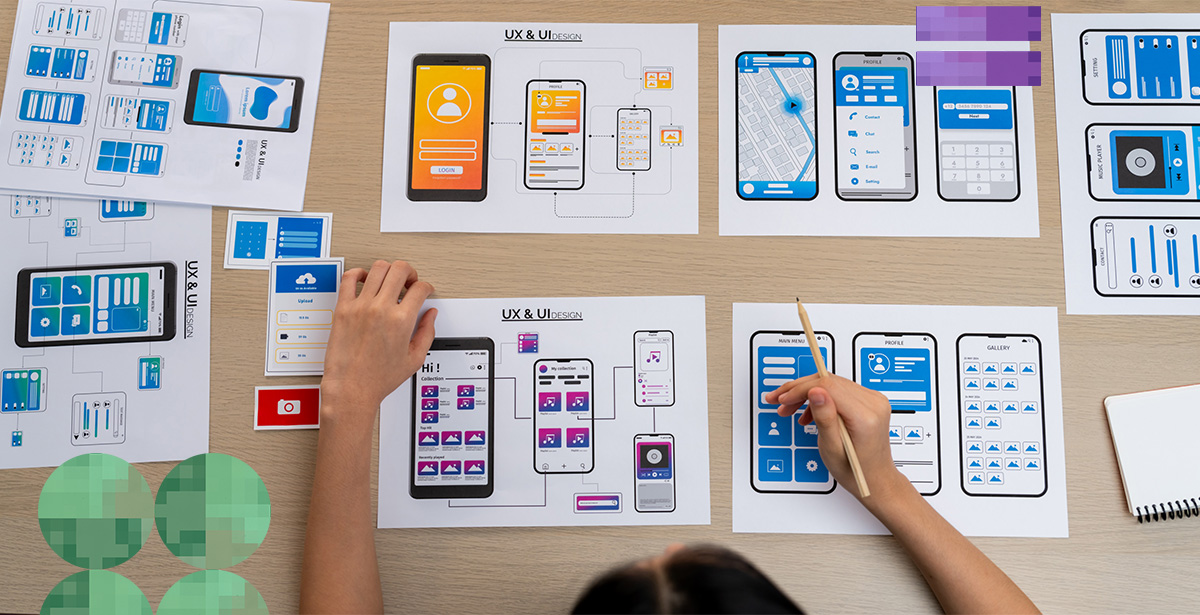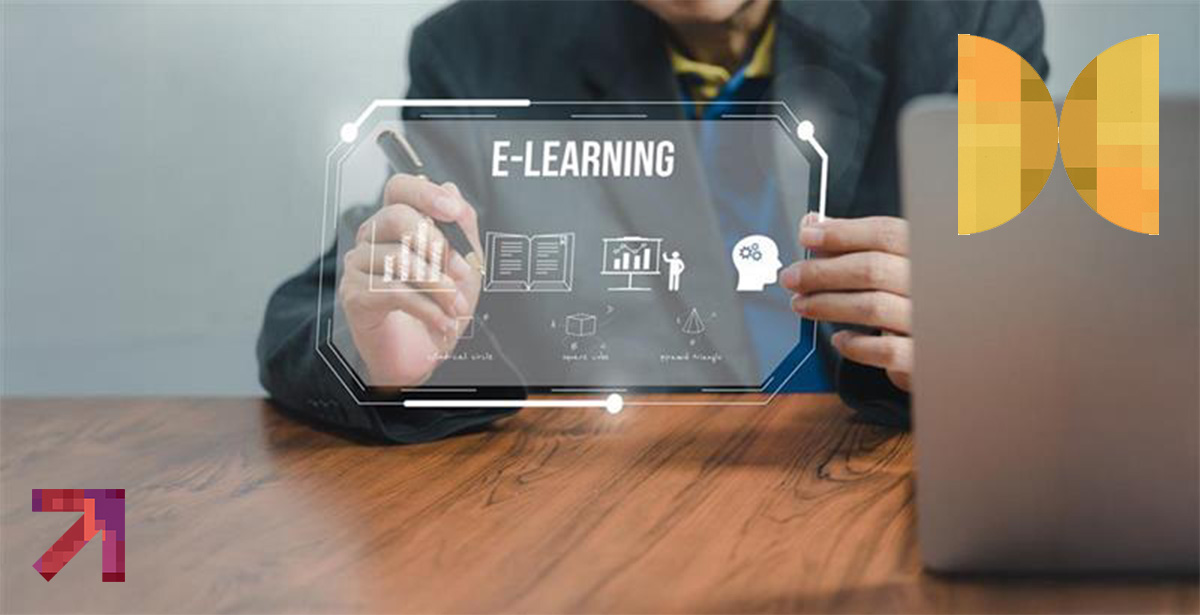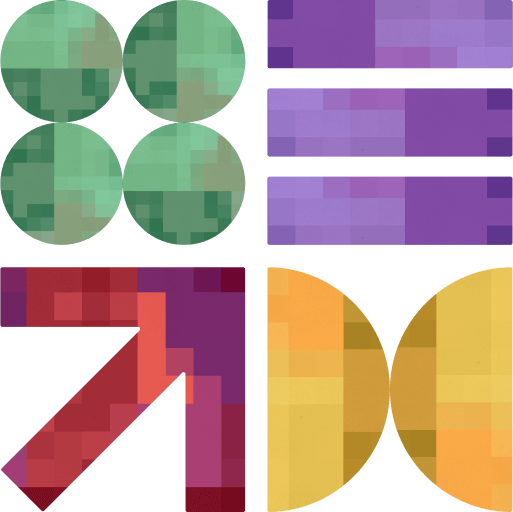Time to Start Thinking About Wearable App Development

Wearable app development is a great idea for business owners and appreneurs alike. Here’s why –
- The global wearables market is expected to grow 9.4% by the end of 2023.
- At the time of the publication of this post, the global wearables market is worth $7.4 billion.
- Come 2025, the market will hit $19.5 billion.
- By 2026, the market for wearable devices is estimated to reach over $150 billion.
If these numbers are making you nod your head, continue reading to learn everything there is to wearable app development.
What Is Wearable App Development?
To ease you into wearable app development, let’s quickly touch on wearables and their apps first.
Investopedia explains wearable best –
“Wearable technology, also known as ‘wearables,’ is a category of electronic devices that can be worn as accessories, embedded in clothing, implanted in the user’s body, or even tattooed on the skin. The devices are hands-free gadgets with practical uses, powered by microprocessors and enhanced with the ability to send and receive data via the Internet.”
Wearable apps are what drive the functionality of wearables. They collect data from the hardware and use the network they’re connected to so they can provide the desired output. While the output is usually displayed on the device itself, it can be sent to a smartphone or a laptop.
How Wearable Apps Differ from Mobile Apps
Wearable app development differs from traditional mobile app development in at least five ways.
- Device Specificity – Wearable app development requires certain APIs that are specific to a device, brand, or even a model. Therefore, they can’t be used on other platforms or devices. Meanwhile, mobile apps can run on different makes and models.
- User Interactions – Wearable users don’t usually need to interact with wearable apps. The apps collect data and display output with minimal to no user interaction. Meanwhile, mobile apps require interactions.
- Functionality – Due to less powerful hardware, wearable apps tend to perform limited functionality like displaying notifications or tracking fitness data. Mobile apps can provide a wider range of functionality and are capable of performing more complex tasks.
- Context Awareness – Wearable apps are designed to be more context-aware, i.e., they leverage sensors and other capabilities of wearable devices to perform actions. Mobile apps are also capable of being context-aware, but to a lesser extent.
- Development – Developing wearable apps requires specialized knowledge of wearable technology and the unique features of the devices. On the other hand, mobile app development is relatively simpler as there are fewer mobile platforms to cater to.
Wearables You Can Create an App For
Continuing with the basics of wearable app development, it’s time to explore the options you can develop for. Here are the types of devices you can innovate for –
- Wristwear – This is the most popular type of wearable devices among consumers. More popular in the fitness and wellness industry, these devices comprise wristbands and sensors. Examples include fitness trackers, activity monitors, and pedometers.
- Eyewear – Smart glasses and VR/AR headsets are two popular eyewear devices. Their applications go beyond gaming entertainment, extending to professional industries such as construction.
- Healthcare Wearables – These devices come in different shapes such as wristbands and smart skin patches. They can help with monitoring patients’ vitals, alerting them to take medication, and ensuring their recovery.
- Smart Clothes – More commonly used by professional athletes, sports clothes monitor the health and performance of athletes. However, this is still a new niche, so do your research before developing apps for it.
- Smart Rings – These are more than a fashionable accessory. Smart rings can perform different actions such as tracking health, showing notifications, and even unlocking cars.
Why Your Business Should Consider Wearable Apps
Whether you’re an appreneur or a business owner who wishes to leverage the true power of wearables, you should understand their true potential. Mainly, you can expect your wearable app development project to deliver these outcomes –
- Better Data Collection – Wearable devices offer more streamlined and accurate data collection. Especially since they aren’t as easy to forget or lose as phones.
- Improved User Experience – Users enjoy a more immersive and intuitive experience thanks to features like haptic feedback.
- Enhanced Quality of Life – Considering most wearable app development projects are for health and fitness, your app can improve users’ quality of life.
- Increase Productivity – Wearables can improve productivity in the workplace as they allow for gamification. You can create challenges to help employees develop healthy habits and use wearables to track them.
- Added Safety – Fitness trackers and smart clothing with sensors can improve workers’ safety in several ways, including alerting users of exhaustion or posture.
These aren’t the only benefits you can deliver with your upcoming wearable app. There are several industry-specific advantages as well. For instance, wearables in the healthcare industry can make procedures fast and accurate.
By tracking vitals and other important health metrics, healthcare professionals can make better decisions for their patients. Especially if data is used by other systems used for delivering quality healthcare.
Another industry that can benefit from wearable app development is gaming and technology. VR wearables and haptic devices improve gamers’ experience by maximizing interactions.
Fashion too has embraced wearables, and not just for aesthetics. For example, smart fashion articles can adjust the body temperatures of their wearers or help improve blood flow.
Ideas for Your Upcoming Wearable App Development Project
If you’re excited to start developing for wearables now, great! To further stir your creativity, below are some fresh ideas to inspire you.
Wearable Apps for Health and Fitness
Health and fitness is usually the first sector that comes to mind when thinking about wearable app development. Some examples of apps you can be innovative with are –
- Activity Trackers – You can create apps that monitor and track physical activity and fitness levels. Depending on their function, they can help users make better health choices for their fitness, or give them or their healthcare providers control over their conditions.
- Remote Patient Monitoring – Wearable apps can monitor patient vitals such as blood pressure, heart rate, and oxygen levels, and transfer that data to healthcare providers in real time.
- Medication Reminders – These apps can remind patients to take medication on time and with the right dosage.
- Mental Health Apps – The sensors on wearable devices can record stress levels and give feedback on relaxation techniques such as deep breathing or meditation. They can also keep track of sleep patterns and provide recommendations.
- Medical Alert Systems – Wearable devices can provide emergency response systems to alert healthcare providers or family members in the event of a medical emergency.
Wearable Apps for Lifestyle
Your next app can be used to simplify different tasks such as increasing mobility to monitoring the condition of your car. Here are some examples currently out there.
- Interaction with Surroundings – Companies like Reemo allow users to interact with their surroundings via wearable technologies. For instance, users can turn on the lights or adjust room temperatures using gestures.
- Automotive Monitoring – You can create an app that allows users to control and monitor vehicles from their wrists. This can serve as a substitute to mobile apps.
- Retail Purposes – Wearable apps can be used instead of mobile apps for retail purposes. For instance, users can shop for properties to buy, monitor favorites, and even call agents using wearable tech.
Wearable Apps for Enterprise
Some of the top wearable app development ideas executed so far for enterprises include –
- Communication Apps – Employees can effectively remain connected to company applications and data. That way, they can communicate efficiently and safely. For instance, the Cincinnati/Northern Kentucky International Airport provided cleaning crews with smartwatches to alert them when needed.
- AR/VR Apps for Smart Glasses – Some apps enable smart glasses users to view 3D diagrams, receive training, and much more.
- Productivity Apps – These can be as simple as calendar apps or as complex as apps for controlling exoskeleton. The latter is currently used by Ford to help workers perform repetitive overhead tasks without tiring them or putting them at the risk of injuries.
Wearable Apps for Education
Students from different levels can easily benefit from wearable apps. For instance, they can use –
- Study Aides – Apps can connect to wearable devices to provide students with access to books, articles, and compendiums.
- eLearning – Wearable tech is a new yet exciting aspect in eLearning. You can come up with numerous ideas that leverage VR headsets, smart watches, and smart glasses to improve learners’ experiences.
- Educational Assessment – There are several experiments underway to determine the use of wearable devices for assessing students’ performance and understanding.
Feeling Inspired Yet?
Even if you’re not fully sure of your next wearable app development idea, DPL can help. Our innovators can work around your goals and help you determine a direction for your next app.
Just let us know how we can help you in the form below and we’ll get back to you soon.





